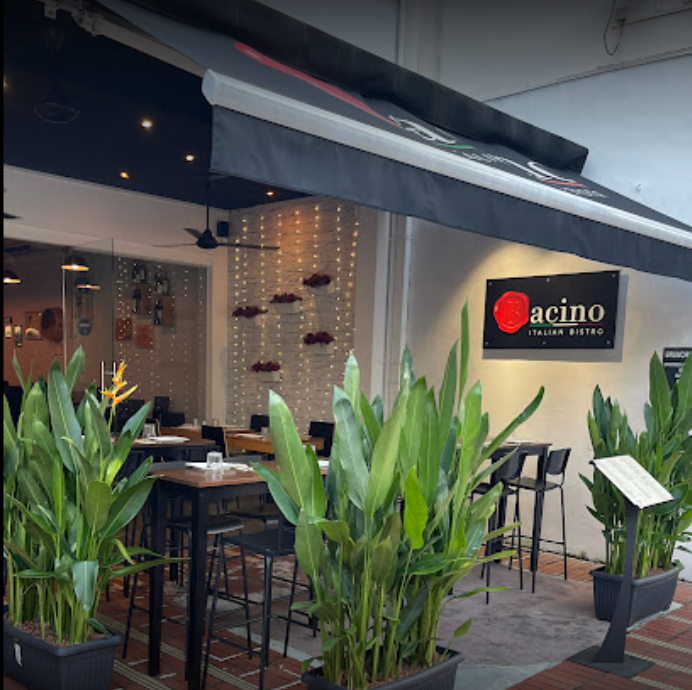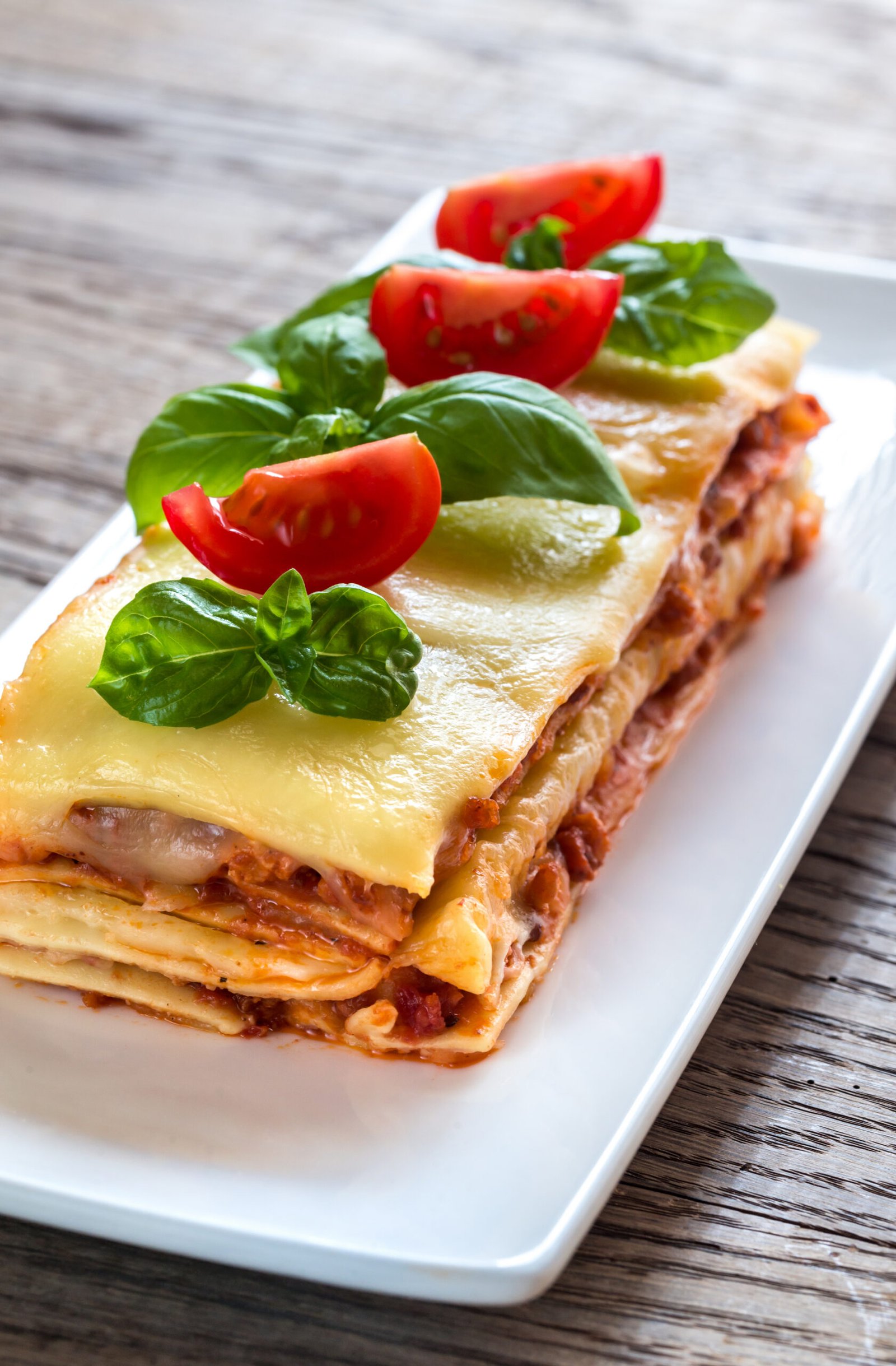The History of Tiramisu
Tiramisu, the beloved Italian dessert, has a fascinating history that is as rich and layered as the dessert itself. While its exact origins are disputed, one thing is for certain – tiramisu has become a beloved dessert all over the world.
An Italian Delight
Tiramisu is a decadent dessert made by layering ladyfinger pastries, or savoiardi, dipped in coffee and a whipped mixture of eggs, sugar, and mascarpone cheese. The dessert is then topped with a dusting of cocoa powder, adding a touch of bitterness to balance the sweetness.
A Dessert with Many Origins
The exact origin of tiramisu is a subject of debate among Italian regions. Some argue that it was first created in the Veneto region, while others claim it originated in Friuli-Venezia Giulia. The name itself, “tiramisu,” translates to “pick me up” or “cheer me up” in Italian, reflecting the dessert’s ability to bring joy and satisfaction to those who indulge in it.
The Birth of Tiramisu
The true birthplace of tiramisu may never be known, but it is believed to have been invented in the late 1960s or early 1970s. Some theories suggest that it was inspired by a simpler dessert called sbatudin, made of egg yolks and sugar. Others argue that it evolved from a dish known as dolce torino.
Interestingly, the tiramisu recipe does not appear in cookbooks before the 1960s. Its first mention in print can be traced back to a 1978 restaurant column in the Sydney Morning Herald. It wasn’t until 1980 that the dessert was included in an Italian dictionary, and in 1982, it made its appearance in English publications.
A Tale of Two Inventors
One popular story credits the invention of tiramisu to Ado Campeol, the owner of the renowned restaurant Le Beccherie in Treviso. According to this account, Campeol’s wife, Alba di Pillo, and pastry chef Roberto Linguanotto created the dessert on December 24, 1969. It was later added to the restaurant’s menu in 1972.
However, another claim comes from Carminantonio Iannaccone, who asserts that he created the first tiramisu at his bakery, also named Le Beccherie, on the same date in 1969. The dispute over the true inventor only adds to the mystique and allure of this beloved dessert.
Aphrodisiac Effects and Other Legends
Tiramisu has been associated with aphrodisiac effects, with some claiming that it was originally created by a 19th-century brothel madam in Treviso. According to this theory, the dessert was meant to “cheer up” patrons after their visits to the establishment. While this story adds a touch of intrigue, its historical accuracy remains uncertain.
There is evidence of a similar dessert called “tiremesù” being served in the Friuli-Venezia Giulia region since 1938. This frozen dessert may have influenced the name “tiramisu,” while the recipe itself could have been a variation of another layered dessert known as zuppa inglese. Some even argue that tiramisu was created in Siena in the late 17th century to honor Grand Duke Cosimo III.
A Culinary Treasure
Tiramisu has become such an integral part of Italian culinary heritage that it has been recognized as a traditional agri-food product in the Friuli Venezia Giulia region. In 2013, the governor of Veneto sought European Union protected status certification for tiramisu, ensuring that the original ingredients and recipe would be preserved and that no substitutions would be allowed.
The Classic Ingredients
The traditional tiramisu recipe includes ladyfingers, egg yolks, sugar, coffee, mascarpone cheese, and cocoa powder. Variations of the dessert often involve soaking the ladyfingers in alcohol, such as marsala wine, amaretto, or coffee-based liqueurs. The original tiramisu made at Le Beccherie was even served in a circular shape, further adding to its uniqueness.
In Conclusion
Tiramisu may have a disputed origin, but its popularity and deliciousness are undeniable. Whether you enjoy it in a traditional form or with a creative twist, this Italian dessert will continue to bring joy and satisfaction to dessert lovers around the world. So go ahead, indulge in a slice of tiramisu and let it “pick you up” with its heavenly flavors.














































































